Cypress CY14B101NA is a 1-Mbit nonvolatile static RAM (nvSRAM) with a fast access time of 20 ns. It is organized as 128K bytes of 8 bits each or 64K words of 16 bits each. The 48-ball FBGA, 44-pin TSOP - II, 48-pin SSOP, and 32-pin SOIC packages are available.
The CY14B101NA has a number of features that make it ideal for use in a variety of applications, including:
- Fast access time of 20 ns
- Low power consumption
- Single 3V power supply
- Automatic STORE on power down
- Infinite read, write, and recall cycles
The CY14B101NA is a versatile device that can be used in a wide range of applications, including:
Cypress CY14B101NA is a 1-Mbit nonvolatile static RAM (nvSRAM) with a fast access time of 20 ns. It is organized as 128K bytes of 8 bits each or 64K words of 16 bits each. The 48-ball FBGA, 44-pin TSOP - II, 48-pin SSOP, and 32-pin SOIC packages are available.
The CY14B101NA has a number of features that make it ideal for use in a variety of applications, including:
- Fast access time of 20 ns
- Low power consumption
- Single 3V power supply
- Automatic STORE on power down
- Infinite read, write, and recall cycles
The CY14B101NA is a versatile device that can be used in a wide range of applications, including:




















-
 1
1
-
 2
2
-
 3
3
-
 4
4
-
 5
5
-
 6
6
-
 7
7
-
 8
8
-
 9
9
-
 10
10
-
 11
11
-
 12
12
-
 13
13
-
 14
14
-
 15
15
-
 16
16
-
 17
17
-
 18
18
-
 19
19
-
 20
20
-
 21
21
-
 22
22
-
 23
23
-
 24
24
-
 25
25
Cypress CY14B101NA User manual
- Type
- User manual
- This manual is also suitable for
Cypress CY14B101NA is a 1-Mbit nonvolatile static RAM (nvSRAM) with a fast access time of 20 ns. It is organized as 128K bytes of 8 bits each or 64K words of 16 bits each. The 48-ball FBGA, 44-pin TSOP - II, 48-pin SSOP, and 32-pin SOIC packages are available.
The CY14B101NA has a number of features that make it ideal for use in a variety of applications, including:
- Fast access time of 20 ns
- Low power consumption
- Single 3V power supply
- Automatic STORE on power down
- Infinite read, write, and recall cycles
The CY14B101NA is a versatile device that can be used in a wide range of applications, including:
Ask a question and I''ll find the answer in the document
Finding information in a document is now easier with AI
Related papers
-
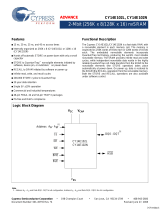 Cypress CY14E102N User manual
Cypress CY14E102N User manual
-
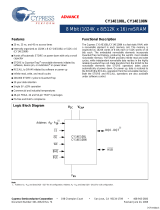 Cypress Perform CY14B102N User manual
Cypress Perform CY14B102N User manual
-
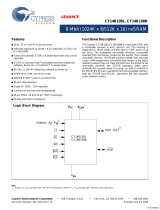 Cypress CY14B108L User manual
Cypress CY14B108L User manual
-
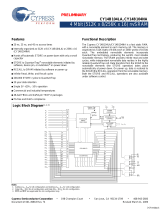 Cypress CY14B104NA User manual
Cypress CY14B104NA User manual
-
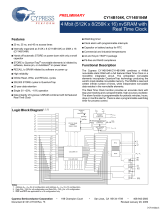 Cypress CY14B104M User manual
Cypress CY14B104M User manual
-
 Cypress STK22C48 User manual
Cypress STK22C48 User manual
-
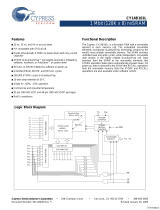 Cypress CY14B101L User manual
Cypress CY14B101L User manual
-
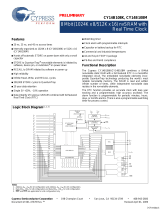 Cypress CY14B108M User manual
Cypress CY14B108M User manual
-
 Cypress CY14E256L User manual
Cypress CY14E256L User manual
-
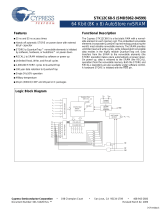 Cypress SMD5962-94599 User manual
Cypress SMD5962-94599 User manual
Other documents
-
Cypress Semiconductor Perform STK14D88 User manual
-
Cypress Semiconductor S29JL064J User manual
-
Sharp 00ZFO3MKCUSME User manual
-
Sharp FO-1MK User manual
-
Icop ICOP-4087 Owner's manual
-
NXP DSP56009EVM User guide
-
Microsemi SmartFusion A2F500-DEV-KIT-2 User manual
-
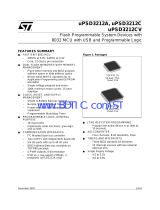 ST & T UPSD3212C User manual
ST & T UPSD3212C User manual
-
Cypress Semiconductor CYALKIT-E03 Quick start guide
-
Delta Tau PMAC MINI PCI Reference guide



































